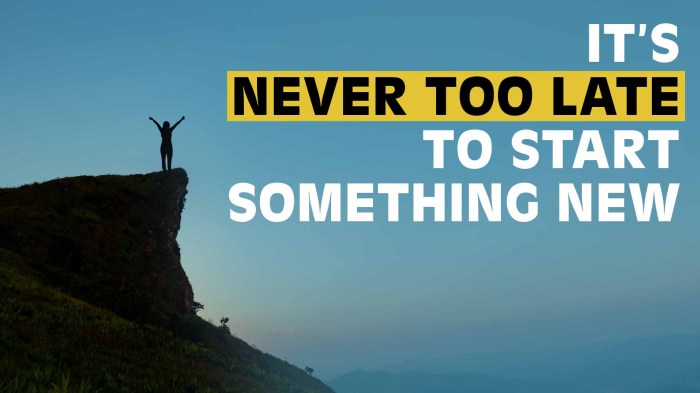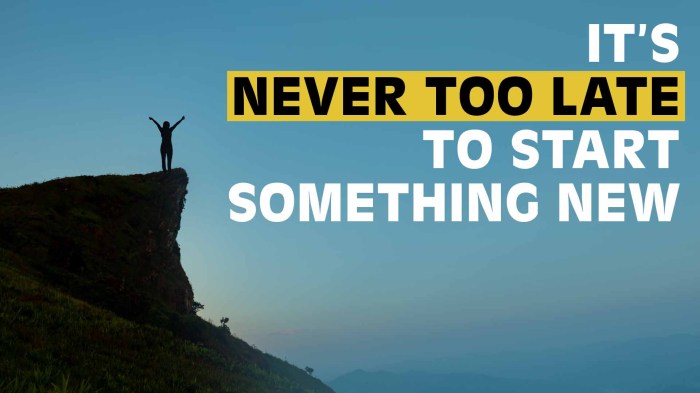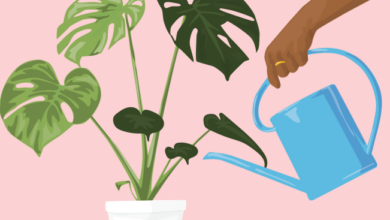
You Are Never Too Old to Dance: Embrace the Joy of Movement
You Are Never Too Old to Dance: This statement rings true, and it’s a message that deserves to be heard by everyone. Whether you’re a seasoned dancer returning to the floor or a complete novice taking your first steps, dance offers a unique and fulfilling experience that transcends age.
Dance is a vibrant expression of joy, creativity, and physicality, and it’s an activity that can enrich our lives at any stage. It’s a powerful reminder that our bodies are capable of amazing things, regardless of how many years we’ve accumulated.
The beauty of dance lies in its ability to adapt to individual needs and preferences, making it accessible to people of all ages, fitness levels, and backgrounds.
Breaking Down Age-Related Barriers: You Are Never Too Old To Dance

The notion that dance is solely for the young is a pervasive misconception. Many individuals, particularly those of older generations, believe that their age automatically disqualifies them from engaging in this joyful and expressive art form. However, this is simply not true.
Dance, in its various forms, can be a rewarding and accessible activity for people of all ages, regardless of their physical abilities or prior experience.
Challenging Common Misconceptions
It is crucial to debunk the myths that often deter older adults from exploring the world of dance. One prevalent misconception is that dance requires exceptional physical strength and flexibility, which many believe they lack as they age. However, this is a gross oversimplification.
Dance encompasses a wide spectrum of styles, each with its own unique demands and modifications. From the gentle movements of ballroom dancing to the rhythmic energy of line dancing, there is a style for every individual’s preferences and capabilities. Another common misconception is that older adults are too frail or susceptible to injury to participate in dance.
While it’s true that age can bring about changes in bone density and muscle mass, these changes do not necessarily preclude dance. In fact, dance can actually help improve bone health and muscle strength, reducing the risk of falls and other age-related injuries.
Finding the Right Dance Style and Community
Finding the perfect dance style and community can be an exciting journey. It’s not just about the steps; it’s about discovering a passion, connecting with others, and improving your well-being.
Exploring Dance Styles and Their Benefits, You are never too old to dance
Choosing the right dance style can depend on your preferences, physical abilities, and desired benefits. Here’s a table that highlights various dance styles and their potential benefits for different age groups and physical abilities:
| Dance Style | Benefits | Suitable for |
|---|---|---|
| Ballroom Dance | Improves posture, balance, coordination, and social skills. | All ages and physical abilities, particularly those seeking social interaction and elegance. |
| Zumba | High-energy, calorie-burning workout that combines Latin rhythms and easy-to-follow steps. | Suitable for all fitness levels, especially those who enjoy high-intensity workouts and Latin music. |
| Line Dancing | Simple, fun, and social, requiring minimal coordination and offering a great cardiovascular workout. | Ideal for beginners and those who prefer structured steps and social interaction. |
| Hip-Hop Dance | Expressive and energetic, promoting flexibility, strength, and coordination. | Suitable for those with a passion for contemporary music and a desire to express themselves creatively. |
| Yoga Dance | Combines yoga poses with dance movements, promoting flexibility, balance, and mindfulness. | Ideal for those seeking a gentler form of exercise with a focus on relaxation and self-awareness. |
Finding a Supportive Dance Community
A supportive and welcoming dance community can make all the difference in your dance journey. It provides a safe space to learn, grow, and connect with like-minded individuals.
- Look for classes or groups that prioritize inclusivity and cater to different skill levels.
- Attend a few classes or workshops before committing to a specific group or studio.This allows you to experience the atmosphere and see if it’s a good fit.
- Ask about the instructor’s teaching style and experience.A good instructor will be patient, encouraging, and knowledgeable.
- Consider joining a dance club or organization.These groups often host social events and provide opportunities to connect with other dancers.
Tips for Finding Dance Classes for Older Adults
Many dance studios and community centers offer classes specifically designed for older adults.
- Check local community centers, senior centers, and YMCA branches.
- Search online for dance classes for seniors in your area.Websites like Meetup and Active.com can be helpful resources.
- Contact local dance studios and inquire about their offerings for older adults.
- Ask friends and family for recommendations.
Life is a dance, and it’s never too late to learn new steps. Whether it’s a graceful waltz or a lively salsa, finding joy in movement is something to cherish at any age. If you’re looking for inspiration, want to see these 5 amazing dance routines that will make you want to get up and move.
No matter what your age or experience, you can find a dance style that speaks to your soul. So put on your dancing shoes, and let the music move you!
I love that feeling of freedom you get when you let loose on the dance floor, and honestly, who says you have to stop just because you’ve hit a certain age? Life’s too short to be held back by expectations, and sometimes, the best way to break free is to embrace the “just burn the house down” mentality.
just burn the house down in a metaphorical sense, of course! It’s about letting go of the past, the worries, and the self-doubt. So next time you hear a song that makes you want to move, get up and dance like nobody’s watching, because you’re never too old to feel the joy of movement.
You know what they say, you’re never too old to dance! And sometimes, a little bit of spooky fun is all you need to get those feet moving. If you’re looking for some inspiration for your Halloween look, check out this amazing halloween makeup tutorial – it’s full of creative ideas that’ll have you feeling confident and ready to dance the night away!






